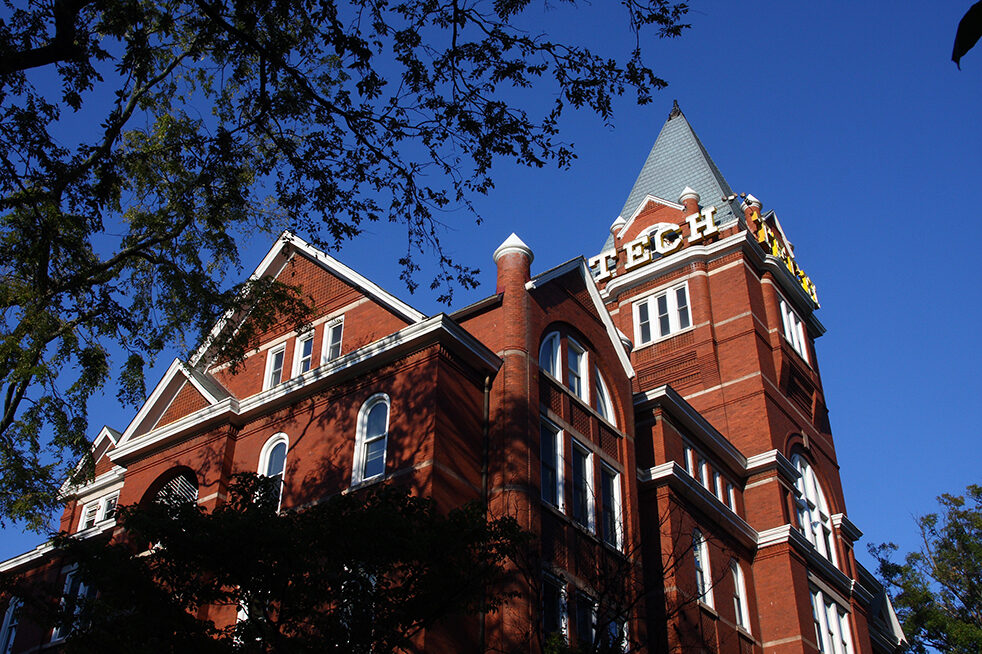“Hard work is the key to success.” That is the mantra of the largely-white 1% who perform gymnastics through tax loopholes and perpetuate the widening income disparity in America, all while sipping mimosas on their sleek private jets and chuckling at their egregious metric tons of carbon emissions.
This same ideology has dripped its way down the economic ladder, seeping into the minds of middle and lower-class households.
Most Americans believe that they can pull themselves up the social hierarchy by their idiomatic bootstraps and achieve their goals. After all, that is the promise of the American Dream! Anyone can be successful in the land of the free.
But are these vows as genuine as they might seem, or is there a dark history of oppression and inequality staining the home of the brave?
It is most definitely the latter. According to Washburn Law, the U.S. ranks low compared to western democracies in the context of social mobility, a necessity for achieving the American Dream. It is not so simple as “work hard and you will achieve.”
There exists intrinsic systems and costs that oppress specific groups, such as African American, Indigenous and Latino populations. According to the Washington Post, at the time of the Emancipation Proclamation, African Americans held one half of one percent of wealth in the United States. Fast forward to 1990, and African Americans held just 1% of the U.S’ wealth — a mere 0.5% increase in over 100 years.
The American Dream has always been a myth for minorities and other marginalized groups due to firmly established inequality and discrimination. Those factors are notable in all facets of life, whether it be in the job market, education, academia or the criminal justice system. As with many other deeply rooted issues in the United States, a lot of the problem boils down to race and ethnicity. Minority populations are less likely to have access to opportunities and wealth than white populations. This is a motif throughout history — if your great-grandfather did not possess wealth, it is far more difficult for you to amass wealth. Cyclical poverty continues to pull and keep many low-income groups down, and the government does little to counteract this.
Even those who are able to achieve social mobility soon realize that it comes with hidden costs. Cultural, linguistic and familial social practices are diluted and nullified in pursuit of the white man’s power and comfort. Further, those in the upper ranks will never receive the level of respect offered to their white counterparts, regardless of the latter’s socioeconomic class.
In a country that suffers so persistently from racist violence and ethno-specific hate, social mobility is not enough to escape the reality of the white masses, who have only been emboldened by radical conservative politicians.
This is the catch-22 of the American Dream myth. It was only ever real for those who do not suffer under America’s structural oppression.
Even so, it was only ever a vaguely fathomable possibility, never an attainable reality. It goes to demonstrate the need for legislature utilizing affirmative action, which has received immense backlash in recent years. The white majority is still hegemonic over ethnic and racial minorities.
While some proof has arisen of specific minorities and their monetary success in the United States (e.g., association with the model minority myth), it is imperative to emphasize that race cannot be substituted for class.
Though race is a disturbingly common means for persecution, class plays a large role in the United States’ lack of social or economic mobility.
The American Dream is not only a myth but a metaphor: a metaphor for yet another lie that the United States feeds its own people and its neighbors.
Coming to America may be a ticket to the “land of the free” but only if your great-grandfather went ahead and reserved your seat.
